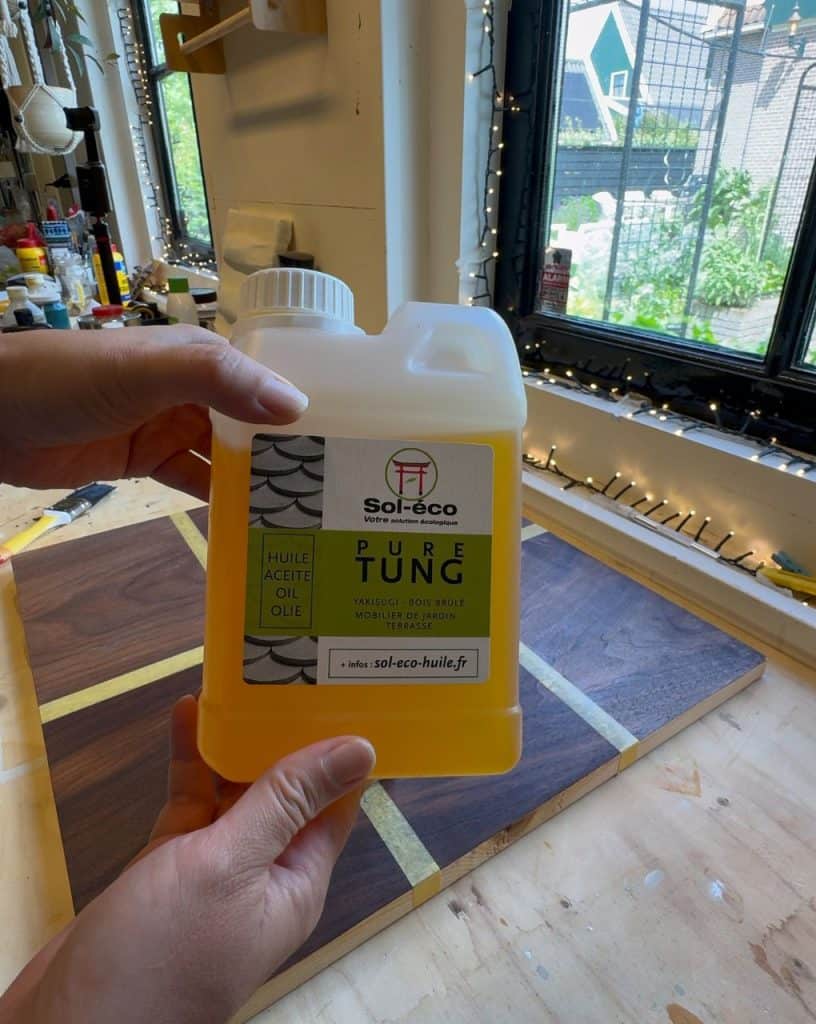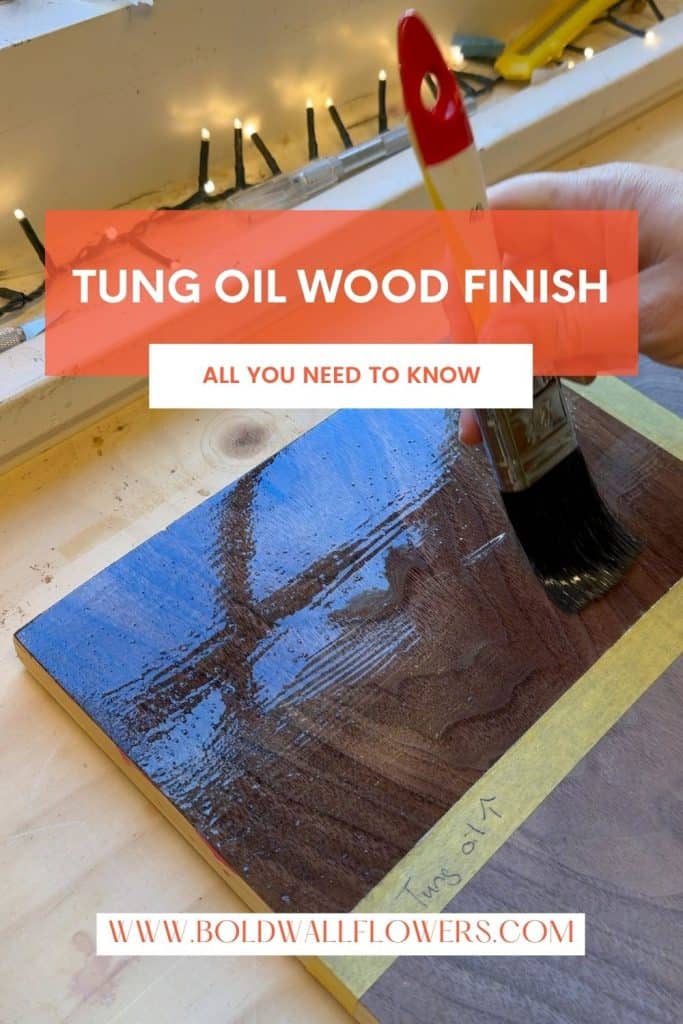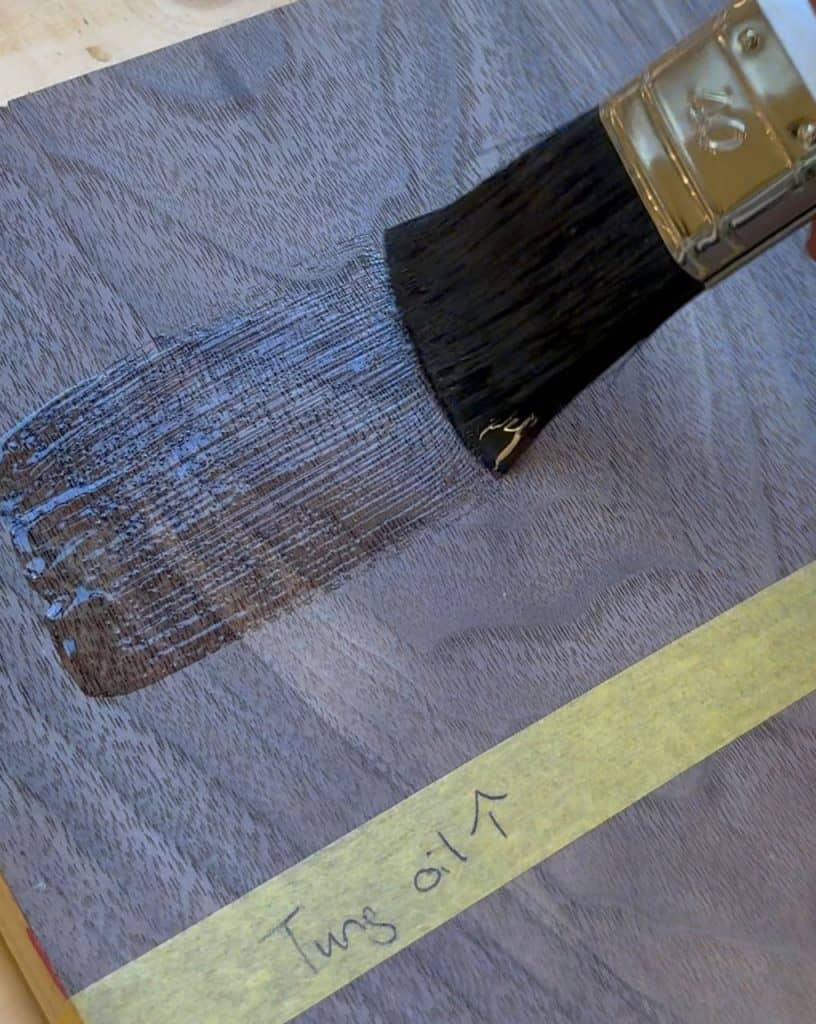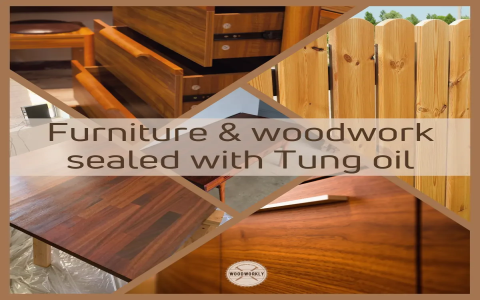My First Dance with Tung Oil
Alright, so let me tell you about my journey with Tung oil. It all started a few years back. I had this old oak table I picked up cheap, looked like it had seen better days, you know? Dry, a bit weathered, but solid. I wanted to bring it back to life, but I wasn’t keen on those thick, plasticky varnishes. I wanted something more… natural, something that felt like real wood.
I was poking around online, reading forums, that sort of thing. Lots of folks talking about different finishes. Then I kept seeing “Tung oil” pop up. Pure Tung oil, specifically. Sounded a bit exotic, I guess. The more I read, the more it seemed like what I was after – natural, penetrating, good for waterproofing. So, I figured, why not give it a shot?
Getting My Hands Dirty: The First Application
I ordered a can of 100% pure Tung oil. When it arrived, the first thing I noticed was the smell. It’s kinda nutty, a bit like linseed oil if you’ve ever used that, but different. Not unpleasant, just distinct. I’d already prepped the table – cleaned it down real good and gave it a light sanding. Gotta get that old grime off, right?
So, I grabbed an old cotton rag, poured some oil onto it, and started rubbing it into the wood. Man, that oak was thirsty! It just drank the oil right up. I made sure to apply it pretty liberally for that first coat, working it into the grain. The wood immediately started to look richer, the grain popping out beautifully. It wasn’t a drastic color change, just… deeper. More alive.

I let that first coat soak in for about 40 minutes. The instructions, and what I’d read, were pretty clear: you absolutely have to wipe off the excess. If you don’t, it gets all gummy and sticky. So, I took a clean rag and wiped, and wiped, and wiped until the surface felt almost dry to the touch, no shiny wet spots left.
The Waiting Game and Building It Up
Now, here’s the thing about pure Tung oil: it’s not a one-and-done deal, and it’s definitely not fast. Patience is your best friend here. I waited a full 24 hours before even thinking about a second coat. Some folks say wait longer, especially in cooler weather.
My process for the next few coats went something like this:
- Lightly scuff the surface with super fine steel wool if needed (though I didn’t always do this).
- Apply another thin coat of Tung oil. Thinner than the first one.
- Let it sit for 20-30 minutes.
- Wipe off all the excess, meticulously. Seriously, don’t skimp on this step.
- Wait another 24-48 hours.
I ended up doing about four coats on that table. Each coat just built up the protection and the subtle sheen. It was a bit tedious, I won’t lie. You do a coat, then you wait. But watching the wood transform made it worthwhile.

So, What’s the Big Deal? My Results and Other Projects
After the final coat had a good week to cure properly (yeah, a week for it to really harden up!), that table looked fantastic. It had this beautiful, hand-rubbed matte finish. Not glossy, just a gentle glow. And water? Spills just beaded right up. Easy to wipe away. That was the big test for me.
Since that first table, I’ve used Tung oil on a bunch of stuff:
- Wooden kitchen countertops. Love that it’s food-safe once fully cured. Huge plus for me.
- My kid’s wooden toys. Again, food-safe peace of mind.
- Outdoor wooden planters. They’ve held up surprisingly well against the rain.
- Even the handle of my favorite old hammer. Gave it a new lease on life.
It’s not just about looks; it genuinely protects the wood from deep within. Because it’s a polymerizing oil, it hardens inside the wood, not just on the surface.

My Two Cents on Tung Oil
Look, if you want a super quick finish, Tung oil probably isn’t for you. It takes time, it takes a bit of effort with the application and wiping. I did mess up once on a small piece – didn’t wipe off the excess well enough, and it got tacky. Had to sand it back and start over on that spot. Lesson learned: wipe, wipe, wipe!
But if you appreciate a natural, durable, water-resistant finish that really enhances the wood rather than covering it up, then I reckon it’s hard to beat. It feels good to work with something that comes from a tree nut, not a chemical factory. It’s become my go-to for most of my woodworking projects now. It just feels right, and the results speak for themselves, at least in my book. It’s an old-school solution, but some old ways are still the best ways, you know?

